Jasper Fforde Interview Part 1
 At the end of November I was contacted by the publicity manager at Viking about my request for a copy of the new Jasper Fforde book, Shades of Grey. Needless to say, what has transpired since has not only been unprecedentedly awesome, making Viking my new bff, but is also how this post came into being. You see… they offered me an interview! How cool is that!?! Not only did they send me this book, which was amazingly awesome and original and funny (my review), but then they asked if I’d like to talk to the man whose brain is capable of writing such prose. Of course I jumped at the chance… well, danced more like… even if this was something that had me nervous as to how horrid I think my voice sounds to what if this brilliant person thinks I’m a dolt, I had to do it. There wasn’t any ifs, ands, or buts, this was for me. So I spent the days leading up to the early morning hours of December the 18th (Wales is six hours ahead) swotting up on my Fforde knowledge and trying to craft some interesting questions… did you know there are over 500 questions that he has cataloged on his site that he’s been asked?!? That was a lot of cramming I must say. What follows is, I hope, a funny and interesting interview that sheds light onto this creative author and his wonderful new book, Shades of Grey. (To help those who are less freakishly color knowledgeable, the footnoterphone has agreed to make an appearance, and I also promise there will be no undedicated dialogue traps).
At the end of November I was contacted by the publicity manager at Viking about my request for a copy of the new Jasper Fforde book, Shades of Grey. Needless to say, what has transpired since has not only been unprecedentedly awesome, making Viking my new bff, but is also how this post came into being. You see… they offered me an interview! How cool is that!?! Not only did they send me this book, which was amazingly awesome and original and funny (my review), but then they asked if I’d like to talk to the man whose brain is capable of writing such prose. Of course I jumped at the chance… well, danced more like… even if this was something that had me nervous as to how horrid I think my voice sounds to what if this brilliant person thinks I’m a dolt, I had to do it. There wasn’t any ifs, ands, or buts, this was for me. So I spent the days leading up to the early morning hours of December the 18th (Wales is six hours ahead) swotting up on my Fforde knowledge and trying to craft some interesting questions… did you know there are over 500 questions that he has cataloged on his site that he’s been asked?!? That was a lot of cramming I must say. What follows is, I hope, a funny and interesting interview that sheds light onto this creative author and his wonderful new book, Shades of Grey. (To help those who are less freakishly color knowledgeable, the footnoterphone has agreed to make an appearance, and I also promise there will be no undedicated dialogue traps).
Man who turns out to be Jasper: It is, yes, that’s me.
Nervous interviewer, who will be referred to as Elizabeth from now on: Hi, I’m Elizabeth. I’m calling from Strange & Random Happenstance, we have an interview (internal dialogue, god I hate my own voice.)
Elizabeth: Yeah, I was kind of watching the clock here.
Jasper: Little laugh
Elizabeth: Um, well can I get right to it?
Jasper: Yeah, absolutely.
Elizabeth:Ok, I just loved your new book.
Jasper: Oh, thank you.
Elizabeth: It was really just so fascinating, I’m a graphic designer by trade so I really related to a lot of the stuff in it.
Jasper: Ok, oh good.
Elizabeth: My first question is was Shades of Grey written with artists and graphic designers in mind?
Jasper: It’s interesting that you should say that actually, just this moment I downloaded an animated sort of commercial[1] that Hodder[2] have done for me here in the UK and of course graphic designers are suddenly going, oh great, we’ve got colors, we’ve got things changing colors, we’ve got some things in colors and some things not in colors and feed pipes that lead to colors and you can follow the color along a feed pipe and then it makes a flower green or blue or whatever. I’ve just received it and we’ve been looking at it and we both love it and it does seems a bit as though it is a gift to graphic designers doesn’t it?
Elizabeth: I’ve told a few people just of the RGB to CMYK[3] update and they just love that joke.
Jasper: Yeah, well I thought all you people who actually know about color, color models, might actually appreciate that kind of stuff. Cause most people don’t you see. Elizabeth: I just thought it was just great. How much research did you go into in color theory for this book, seeing as you know many concepts are familiar to people who've studied color, like Munsell[4] and the Ishihara[5] being the color blindness test?
Elizabeth: I just thought it was just great. How much research did you go into in color theory for this book, seeing as you know many concepts are familiar to people who've studied color, like Munsell[4] and the Ishihara[5] being the color blindness test?
Jasper: I did enough to make me appear as though I probably knew more than I did. Color is a really tricky thing to get your head round. And even the notion that the color you see on your tv is completely separate to the color that is printed out by your printer[6]. And when I was first researching color I suddenly realized the immense complexity of a program that would allow you to view what you view on your screen to actually come out in a printer roughly the same color. And people take that sort of stuff for granted and I suddenly realized, oh my goodness, this is actually monstrously complicated. And even if you talk about subtractive or additive[7] it’s a sort of major deal. But I’m interested about everything really, so as soon as I have to research a new field I always sort of throw myself into it a bit and think, well ok, there’s got to be real experts out there so lets just chuck in a few little gags, you know, that they’ll pick up and enjoy.
Elizabeth: Yeah for my digital photography class that I took we had a seven-hour lecture on just the basics of monitor to printer.
Jasper: Yeah.
Elizabeth: I mean that doesn’t even scratch the surface at all
Jasper: Yeah, I know, it’s all completely different. And for awhile I’m sure everybody in the class is starring there a bit sort of confused and then after awhile you suddenly start realizing and there’d be this nodding of the heads as you suddenly click as to just how bizarre color is.
Elizabeth: Especially when you think of the fact that color is really a perception of the mind, that paints and dyes are just what is there for the brain to interpret as color.
Jasper: Hmm, oh yeah, color has no color. There is no color in real life. Color is entirely something that we’ve made up.
Elizabeth: It’s just brain functions that create it, it’s just unbelievable.
Jasper: Yeah, color is a function of the brain and the brain alone, and that’s what I think one of my stopping off points, or the jumping off points rather for the whole book. It was that notion when someone told me years ago what color is, what red actually means, and it’s merely a sensation. And the fact that we’d probably never ever be able to even find out what red actually is. It is actually completely in the brain. Color is a wonderful sort of thought really, that it’s there and it’s real and it’s tangible and yes of course it’s red and there it is but, no, it’s not, it’s just in your head.
Elizabeth: One of my friends is colorblind and he’s the best painter I’ve ever seen, colorwise, and he’s just doing it how he’s been taught how to paint, taught what the colors are.
Jasper: I had to speak to people who had color blindness as well to see their perceptions of color and everything. It was fascinating I must say. Elizabeth: The next question I have is, your books are very graphically branded with National Color[8], The Cheese Enforcement Agency[9] and Goliath[10] and others all having logos giving them a more real presence. When did you decide to do this?
Elizabeth: The next question I have is, your books are very graphically branded with National Color[8], The Cheese Enforcement Agency[9] and Goliath[10] and others all having logos giving them a more real presence. When did you decide to do this?
Jasper: I think it was quite early on. The first website we wrote was thursdaynext.com and that was really to give a sort of visual feel to the book, and I think what I was trying to do was to spread out from the edges of the book and say, no we can actually give it an edge of reality by actually creating this sort of slightly visual world with the logos and all that sort of nonsense. I thought it was fun, actually, at the time, and that’s really the reason I did it. But we do live in a very visual, iconic, logo driven world. I think it does give people a sort of routing in reality to the series. Also, I usually put satire in my books, for two reasons, first of all it’s quite fun, and it’s amusing, but secondly it’s because it makes the books very recognizable as something that happens in the real world. It seems very familiar and I think it’s the same when you create logos for companies in my books, it just makes them seem that much more sort of real and familiar. But I think really it’s just a way of expanding beyond the cover of the book to try and make it more real. Elizabeth: I just think it’s great, even the letters I got from Viking here in the US, they had the little National Color Logo up in the corner, it was just great.
Elizabeth: I just think it’s great, even the letters I got from Viking here in the US, they had the little National Color Logo up in the corner, it was just great.
Jasper: Oh good. What I did is, I had that logo made up about a year ago, the little splashy paint logo which I love, and I actually I had it embroidered on the back of a bomber jacket, I’m going to put that up on the website quite soon. But quite early on I sent it to Hodder and Viking and I said this is the logo that’s going to be used in the book. I’m going to use this in merchandising and on the website and everything, so wherever you can use it, like pop it in as well, and then it just makes everything real. Cause what happens often is that the designers for the publishers have a very different idea as to how things look than I do. And I thought, well if I can get Viking and Hodder and me all together with at least some aspects of it, then we can be this sort of united front and don’t give such a disjointed view of the visual impact of the world. So quite early on I had that logo designed and I said to them, right, the type script we’re going to use is Berlin Sans, which I really really like, and could you do this, this, this and this. And, you know, they don’t do it all, but every now and again it sneaks in. I do just think that it makes it just that much more real and interesting, and, I don’t know, I just like it. Elizabeth: Well it creates a nice continuity with the font choice and the logo choice. My next question is, if each village has a Vermeer[11], there must not be many villages within this society, with only about 31 paintings attributed to him?
Elizabeth: Well it creates a nice continuity with the font choice and the logo choice. My next question is, if each village has a Vermeer[11], there must not be many villages within this society, with only about 31 paintings attributed to him?
Jasper: Yeah, does it say, I don’t think everyone has a Vermeer[12].
Elizabeth: It said like almost every town had a Vermeer.
Jasper: Oh right, or maybe it’s meant to refer to a painting.
Elizabeth: Yeah, I mean, it makes sense it would be a painting.
Jasper:Yeah, I think that might have been a syntax error, on my behalf[13]. I think what I meant was that everybody had at least one half decent painting. There wouldn’t be enough Vermeers to go around would there?
Elizabeth: No, I was thinking that would make a very small post apocalyptic society.
Jasper: It would. But they might not know it though would they? There’s so little movement between villages.
Elizabeth: Yeah, you get a few names, probably, what ten names for cities, so you’re not sure exactly how big.
Jasper: So we don’t really know how many people there are.
Elizabeth: The color system is like a distinct Caste System[14], from purple leaders to blue teachers, what color do you think you would be in this society?
Jasper: Oh, a writer/entertainer I think came out as orange. I don’t know whether it’s in the final book[15], but I think on the train, there’s a couple of oranges who are sort of traveling players, who do training plays, a bit like training films. And I think they’re oranges and they’re in the wrong place in the carriage and everyone gets very upset about it cause it upsets the sort of natural order and everyone is sort of flustering. So I think I’d definitely be in the orange category, which everyone would kind of ignore, because they’re certainly not going to be purple and they’re kinda sort of half yellow, but not, and they’re sort of red and at the bottom. And they come out quite well actually, because they’re sort of like the greens, they’re half and half, they consist of lower colors, even though they’re sort of higher than the red. So I think I’d probably I’d end up being an orange.
Elizabeth: What do you think would happen if complimentary[16]colors bred? Would it be more of a dilution to grey or perhaps could they view even more of the color spectrum and thus pose a threat to the Colortocracy[17]?
Jasper: Well it certainly sounds like there’s something going on. I’m not quite sure exactly what. But it’s been enshrined in rule and I think there’s a reason for most rules, so I think we might assume that something threatening could come from that union.
Elizabeth: So Jane and Eddie would be even more of a threat then?
Jasper: Yes, could be, but the interesting thing is, if you do start mixing complimentaries, you get a very strange color. You don’t really get a color at all, I mean what is brown but the brain saying, “nope, don’t know, sorry, can’t figure it out.” So, I don’t know quite what’s going to happen if that does come to pass, but it seems such a taboo, a terrible thing, that I don’t think anyone would try it.
Now ends the color centric part of our talk, appropriate for a book so wonderful coated in color. Stop by tomorrow when libraries and killer swans are topics of the day!
[1]
[2] Jasper’s British publishers.
[3] RGB is the Red, Green, Blue additive color model primarily used for televisions and video screens. CMYK is the Cyan, Magenta, Yellow and Black subtractive color model primarily used in the printing process. They are the crux of what graphic designers do on a daily basis.
[4] Albert H. Munsell, in the early 1900s created a 3-D model of a color space, separating color into hue, value (lightness) and chroma (color purity), or as used in the book, hue, saturation, brightness (HSB). Munsell and his color space are still used and taught to this day.
[5] A test for red/green color blindness, named after Doctor Ishihara, who designed it in 1917.
[6] RGB vs. CMYK
[7] Subtractive is mixing of paints and dyes to create colors utilizing CMYK. In Subtractive mixing, all colors together “in essence” are black, in reality it’s an icky brown. Additive is mixing colors of light utilizing RGB. In Additive mixing, all colors together are white.
[8] National Color is the body who look after the collection of scrap color and the manufacture of universally visible colors in Shades of Grey.
[9] Division of SpecOps (SpecOps-31) formed as a result of the growing illegal Cheese Smuggling Industry that arose as a result of the "Cheese levy".
[10] Rebuilt England after the War, but not without their own agenda. [11] Johannes Vermeer, famous painter of The Girl with the Pearl Earring and others. So few pieces remain that if one were ever found it’s worth would be astronomical.
[11] Johannes Vermeer, famous painter of The Girl with the Pearl Earring and others. So few pieces remain that if one were ever found it’s worth would be astronomical.
[12] I know I read this somewhere not in the book, because I wouldn’t make it up… truthfully…
[13] Not his error, but an error in a press release… I swear I read it somewhere… if only I could find it again then I’d not feel as if my mind is slipping away.
[14] Fundamental scale of basic colors, with red as the lowest on the color spectrum: red, orange, yellow, green, blue, purple.
[15] It is.
[16] Colors opposite on a color wheel, red and green, blue and orange, purple and yellow are all complimentary colors.
[17] The "benevolent" government in Eddie's world.
























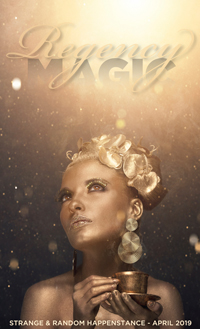
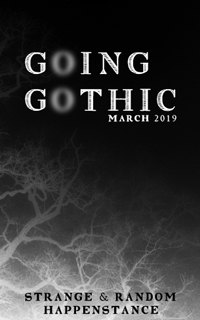
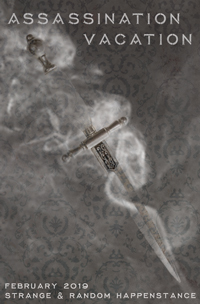
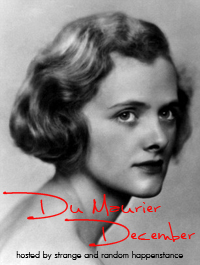
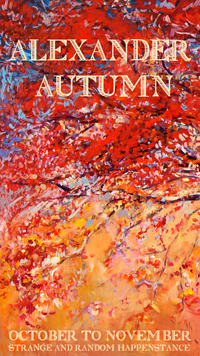
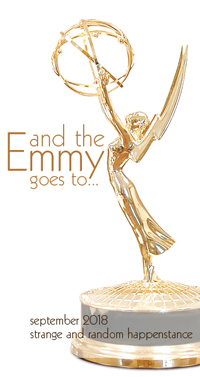

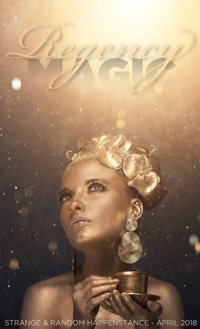


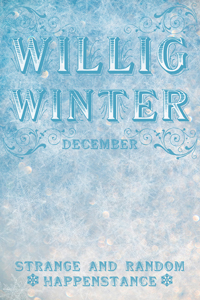

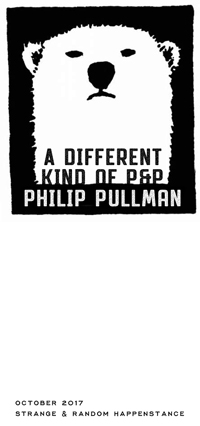


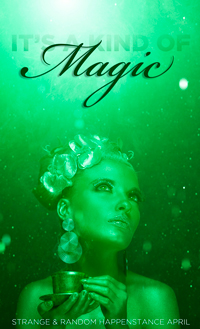
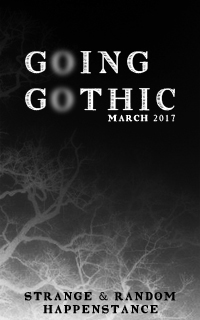

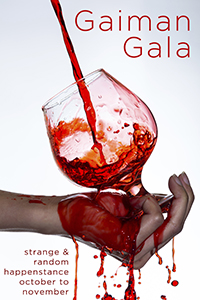
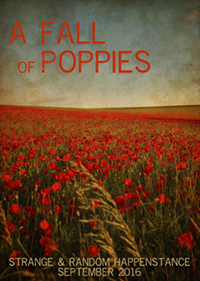

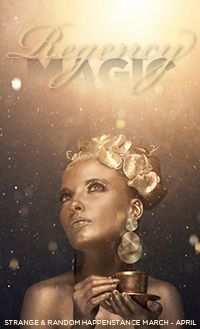

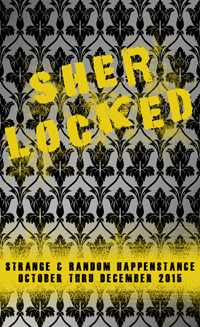
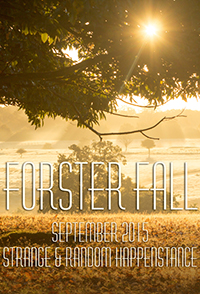
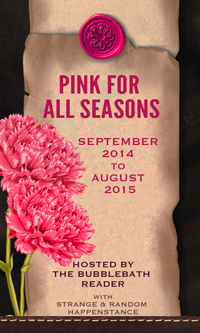
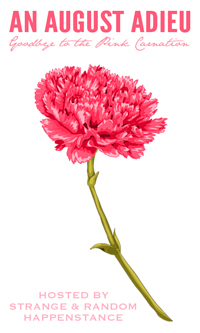

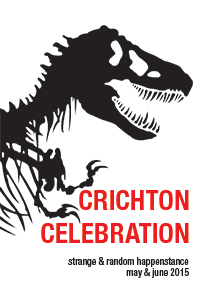


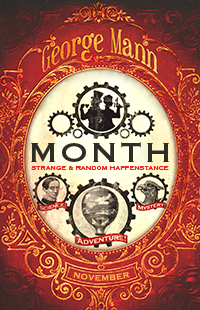

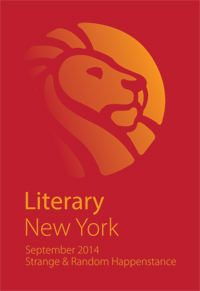
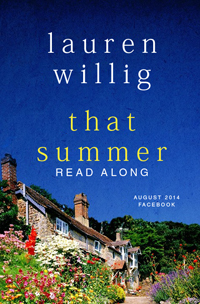


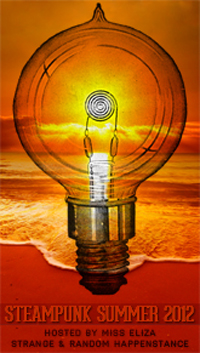
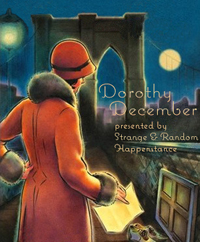























Great interview, Miss Eliza! Now I really can't wait to get my hands on the book! And read the continuation tomorrow!
Jen at Introverted Reader said... December 30, 2009 at 4:15 AM
Post a Comment